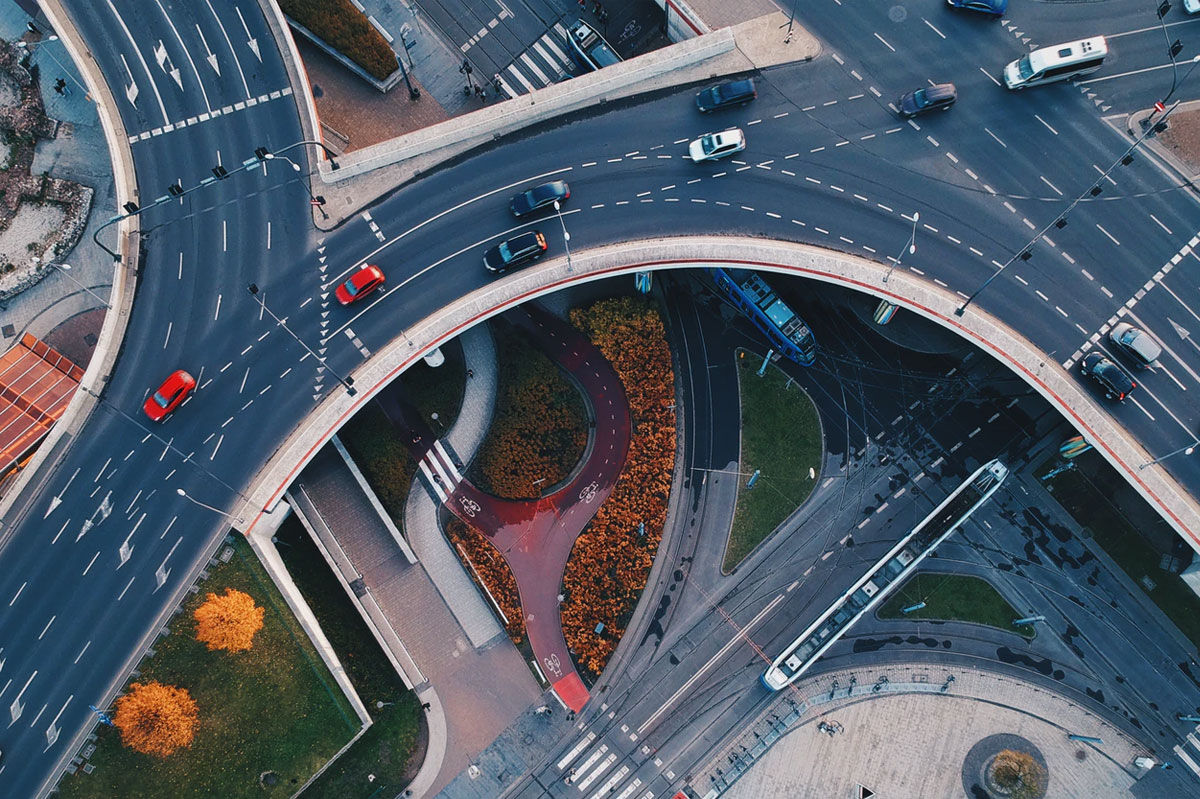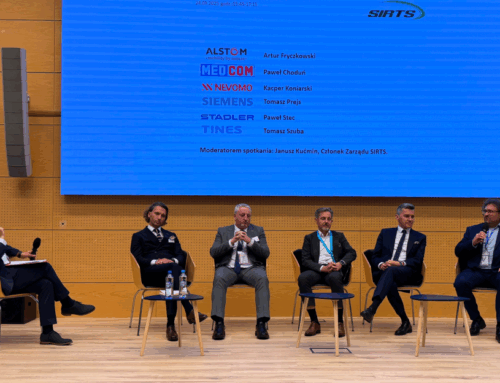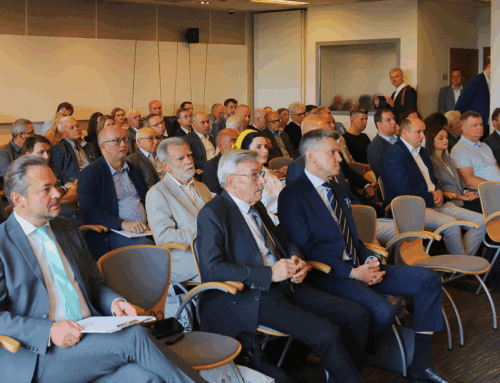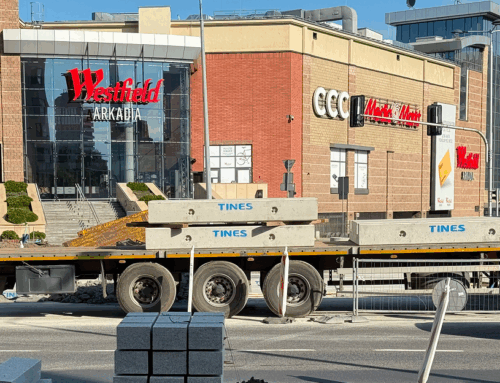The first associations with the concept of a smart city may suggest extraordinary technological advancements in cities, futuristic architecture, and transportation solutions straight out of science fiction movies. However, the definition can effectively be limited to a city that utilizes intelligent solutions to increase the satisfaction of its residents. One such solution is modern public transportation.
During the European Congress of Local Governments in Krakow (May 4-5), one of the widely discussed topics was the idea of smart cities. As part of the exchange of experiences and practices, representatives of European metropolises discussed indicators that allow assessing the “intelligence” level of cities. Despite differing experiences and stages of development in European cities, the debate revealed that a highly significant measure of a city’s “intelligence” is the residents’ level of life satisfaction. This assessment, in turn, is significantly influenced by the quality of services provided by the city, including the attractiveness of public transportation.
The discussion about smart cities is such a broad issue that it cannot be solely communicated in the context of telecommunications technology, information technology, and digital solutions. The level of life satisfaction in cities is influenced by numerous factors, which do not necessarily align with futuristic visions of cities. For instance, in the European GrowSmarter project, implemented under the Horizon 2020 program, smart city solutions include intelligent lighting, waste management, construction, energy, and the use of big data to improve the quality of life. Sustainable urban transportation, intelligent traffic management, and smart communication solutions also occupy a central place.
An example of a local project for the Smart City strategy for Krakow and the Krakow Metropolitan Area is “SMART_KOM. Kraków in the network of smart cities” implemented by the Krakow Technology Park, the Małopolskie Voivodeship, and the city of Krakow. In the project’s summary report for the first stage, one of the significant aspects among smart city solutions is “smart mobility.” In the face of rapidly developing metropolitan areas, providing transportation services for the population is a real challenge for local governments.
The global trend indicating an increase in the urban population (around 54% of the world’s population in 2014 and an estimated 60% by 2030) serves as valuable guidance in planning and implementing “smart” solutions in local urban areas. Krakow, with an estimated population of around 760,000 residents, ranks second in terms of population among Polish cities. If we include residents from the entire Krakow Metropolitan Area, this number could reach up to 1.5 million. Providing efficient and attractive public transportation within the city and the metropolitan area is a challenge worthy of a smart city, and it should be a top priority. Any failures or neglect in implementing this task could not only hinder the city’s progress towards becoming “smart” but also slow down its socio-economic development.
Efficient and attractive public transportation should be organized around the benefits it offers to its users. Residents who switch from private cars to trams or suburban trains must see real advantages in this decision. Factors that can enhance the attractiveness of traveling by public transportation (whether rail or wheel) include easy access to connections, integrated public transportation, frequency of services, travel time optimization, modern fleet (such as the PESA Acatus PLUS trains used by Koleje Małopolskie or Bombardier trams in urban transport), travel comfort, an integrated fare system (the planned Małopolska Agglomeration Card), and the cost incurred by passengers. Designing public transportation considering these factors and convincing residents to use the services prepared is just one step toward increasing the satisfaction with life.
In the case of Krakow, which faces smog and traffic congestion issues, an intelligent rail transport system is particularly desirable. Reducing motor vehicle traffic in the city will undoubtedly contribute to reducing air pollution and dust caused by the wear and tear of car parts such as brake pads and discs. Such an approach primarily aligns with the concept of low emissions, one of the key aspects of smart cities.
However, another significant issue that continues to be relevant is the negative impact on the environment, primarily noise and vibrations emitted by rail vehicles. For railway or tram lines that intersect densely populated urban areas, implementing solutions that reduce noise emissions and vibration levels is of paramount importance. Addressing these issues is undoubtedly a step toward providing urban transportation befitting a smart city, and they should be treated as priorities. Any failure to address these concerns may not only hinder the city’s journey toward becoming “smart” but could also impede social and economic development.
An efficient and attractive public transportation system should be developed around the advantages it offers to its users. Residents who switch from private cars to trams or suburban trains should see real benefits in this decision. Factors that can enhance the attractiveness of public transportation (whether rail or road) include easy access to connections, integrated public transportation, service frequency, travel time optimization, modern vehicles (such as the PESA Acatus PLUS trains used by Koleje Małopolskie or Bombardier trams in urban transport), travel comfort, an integrated fare system (the planned Małopolska Agglomeration Card), and passenger costs. Designing public transportation considering these factors and convincing residents to use the services prepared is just one step toward increasing life satisfaction.
Read also
Comprehensive construction solutions and ballastless track systems for railways, ensuring effective vibroacoustic insulation and a guarantee of durability for mainline tracks, engineering structures (bridges, viaducts, tunnels, and rail-road crossings).
A comprehensive offer of durable materials for the construction of tram tracks, allowing to reduce the level of vibrations and noise in the vicinity of the route.









